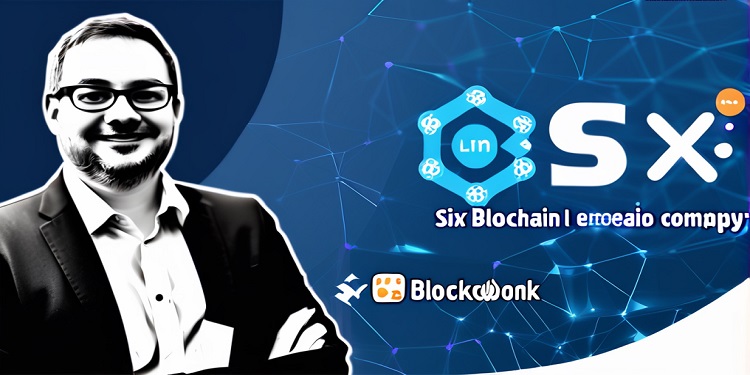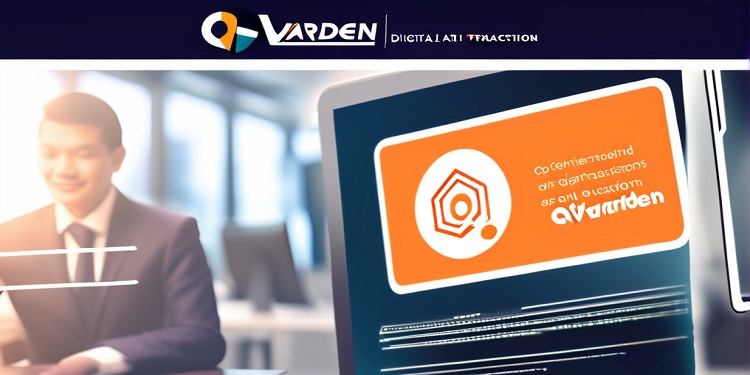The Monetary Authority of Singapore (MAS) is advancing its ambitious vision for the Global Layer One (GL1) blockchain, a public permissioned network designed to support a wide range of financial applications. Originally working with five major banks—BNY Mellon, Citi, J.P. Morgan, MUFG, and Societe Generale-FORGE—MAS has now brought HSBC and Euroclear into the project. This expanded collaboration aims to establish GL1 as a core blockchain framework capable of transforming the financial sector.
GL1 shares some similarities with the Bank for International Settlements’ (BIS) unified ledger, both of which seek to create a comprehensive infrastructure for various asset classes and financial operations. Through this approach, GL1 is intended to facilitate a broad spectrum of activities, including trading, settlement, payments, collateral management, and corporate actions, all within a unified digital environment.
Euroclear’s Role and the New Focus on Digital Asset Securities
One notable addition to the project, Euroclear, brings significant expertise in digital asset securities through its work with DTCC and Clearstream. Euroclear’s contributions include a digital asset securities control framework, which outlines six foundational principles crucial to managing risks within a blockchain environment. The framework, developed in collaboration with other leading institutions, outlines guidelines on legal certainty, regulatory compliance, resilience and security, customer asset safeguarding, connectivity, interoperability, and operational scalability.
To implement these principles, MAS has established a dedicated financial market infrastructure (FMI) working group. This group will focus on integrating these core controls across various applications of GL1, particularly in cross-border settlement arrangements and collateral management processes. By including multiple FMIs in this working group, MAS seeks to ensure that GL1 remains secure, resilient, and compliant with international regulatory standards.
Expanding the GL1 Project’s Vision and Scope
The expanded scope of GL1 brings new challenges and priorities, including the development of a sustainable business model that serves not only the banking sector but other participants within the financial ecosystem. Addressing this need will require balancing interests across various players, potentially requiring some compromises, as each institution may bring its own standards and practices that may not always align with the goals of other partners.
Additionally, the group will be responsible for defining the specifications for the lifecycle management of tokenized assets on the platform, along with programmable compliance measures. These advancements are intended to support a smooth, transparent process for tokenized asset transactions, fostering an environment where various entities can effectively collaborate under a standardized framework.
As GL1 expands its member base and operational objectives, the increasing diversity of the project will necessitate developing common standards that prioritize interoperability. The integration of different protocols and compliance requirements will be essential for achieving the shared infrastructure goals set by MAS.
MAS’s Path to Commercializing Tokenization
MAS is simultaneously focusing on transitioning tokenization from its experimental phase to widespread commercial application, with GL1 forming a central part of this vision. The authority has outlined a four-pillar framework to guide this process, aiming to enable a smooth pathway for tokenization within Singapore’s financial ecosystem. GL1, as a key pillar, represents MAS’s efforts to advance the commercial potential of blockchain, supporting tokenized assets and services that align with regulatory expectations and market demands.
By establishing a strong foundation in tokenization and blockchain-based financial services, MAS is positioning Singapore to become a leader in digital finance. The ongoing development of GL1 represents a critical step in this direction, promising new efficiencies and opportunities for banks, financial institutions, and additional market participants.
Involving a broad range of international banks and financial bodies, GL1 seeks to introduce a next-generation financial infrastructure that supports both local and cross-border transactions. Through collaborations with entities such as Euroclear, MAS is setting rigorous standards for security, resilience, and compliance, which are expected to guide the development of a robust blockchain framework for global use.
The GL1 blockchain is poised to facilitate the commercialization of tokenized assets, marking a significant shift toward a more interconnected and programmable financial system. By addressing the challenges of compatibility, MAS and its partners aim to set the groundwork for a blockchain ecosystem that seamlessly integrates with the broader financial landscape.









